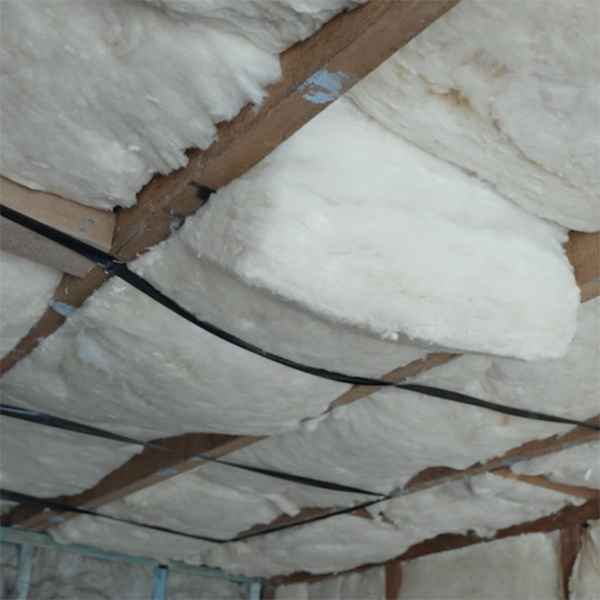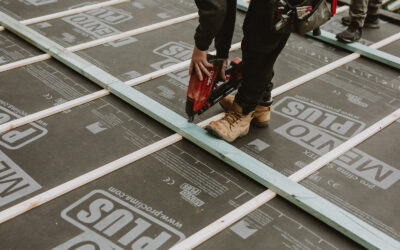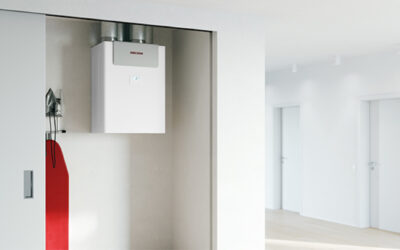HOW DOES INSULATION WORK?
Insulation allows you to regulate the temperature of your home by creating a thermal barrier in your walls, ceiling, and floors. This thermal barrier works to keep hot air out in summer and cold air out in winter, for a comfortable temperature inside all year round.
Insulation is measured on an R-value. The R-value stands for resistance. The greater the R-value, the greater the effectiveness of the insulation.
5 TIPS ON INSULATING YOUR HOME TO MAKE IT MORE ENERGY EFFICIENT
1. no gaps, wherever possible
For a continuous line of insulation, meaning no gaps between the insulation, it needs to go right through and as far back as possible at any junctions. Unfortunately, many installers don’t take this as seriously as you may expect. In which case, it may be worth a discussion with them to ask them about their insulation process and explain how seriously you take your insulation.
This includes no voids for downlights. In the past, downlights would become quite hot and you would need to leave voids in your insulation so the insulation didn’t catch on fire from the downlights themselves. Nowadays, downlights are LEDs and don’t get as hot, however some installers may still leave the voids unless you ask them not to. The more voids that are left in the insulation mean more losses through your roof. So don’t be afraid to ask them not to worry about the voids for downlights.
2. THE THICKER THE BETTER
The most important insulation is in your roof cavity. If you have space in your ceiling or have a pitched roof, you would want a truss roof or deeper rafters. The trussed roof means a bigger roof cavity so you can get thicker insulation in, and you don’t want shallow rafters as you won’t be able to fit the higher rating insulation in there.
Aim to get the thickest insulation that has a greater R-value. This will create good resistance from the temperature (hot or cold) from outside coming in through the roof. As mentioned, the depth and thickness of insulation is measured on an R-value. An R6 is pictured here, and you can see it’s quite thick.
3. your windows matter
Choosing your windows is another thing that needs to be taken seriously for insulation, as your main regulation losses are going to be through your windows. At a minimum, you should be looking for a double glazed window with a high-performing window frame. Aluminium is a common window frame used in Australia, although it’s not high-performing. There are a lot of temperature losses through the transfer of the aluminium itself so it’s better to go with timber or UPVC. Learn more about double glazed windows and your different frame options on our blog.
4. Insulate your floors
Following on from point one, you want continuity of insulation throughout your home, and that includes the floors. Often the floors get missed leaving a lot of losses through the floor, especially in winter, allowing your home to get colder quicker. Insulating your floors creates a much stronger thermal barrier, enabling your home to become more energy efficient and minimising the cost of your heating/cooling bill.
5. wrap it up
Insulation loses its effectiveness when wind, or any type of air movement, is able to pass through or behind it, this is called ‘wind washing’. Think of it like this, wearing a wind breaker jacket over your wooly jumper is much warmer than just the wooly jumper alone. This is because that extra layer reduces air movement through your wooly jumper. Wrapping your insulation with a good quality wrap, such as Proclima, to create a weather resistant barrier, will have the same effect as that wind breaker jacket – it will work to keep you dry, warm and protected from the wind.
In summary, insulation may not be the most glamorous topic to talk about but it plays a really big role in the performance of your home so it needs to be taken seriously. If you see or notice any of the things mentioned here do your best to get it fixed and tidied up!




